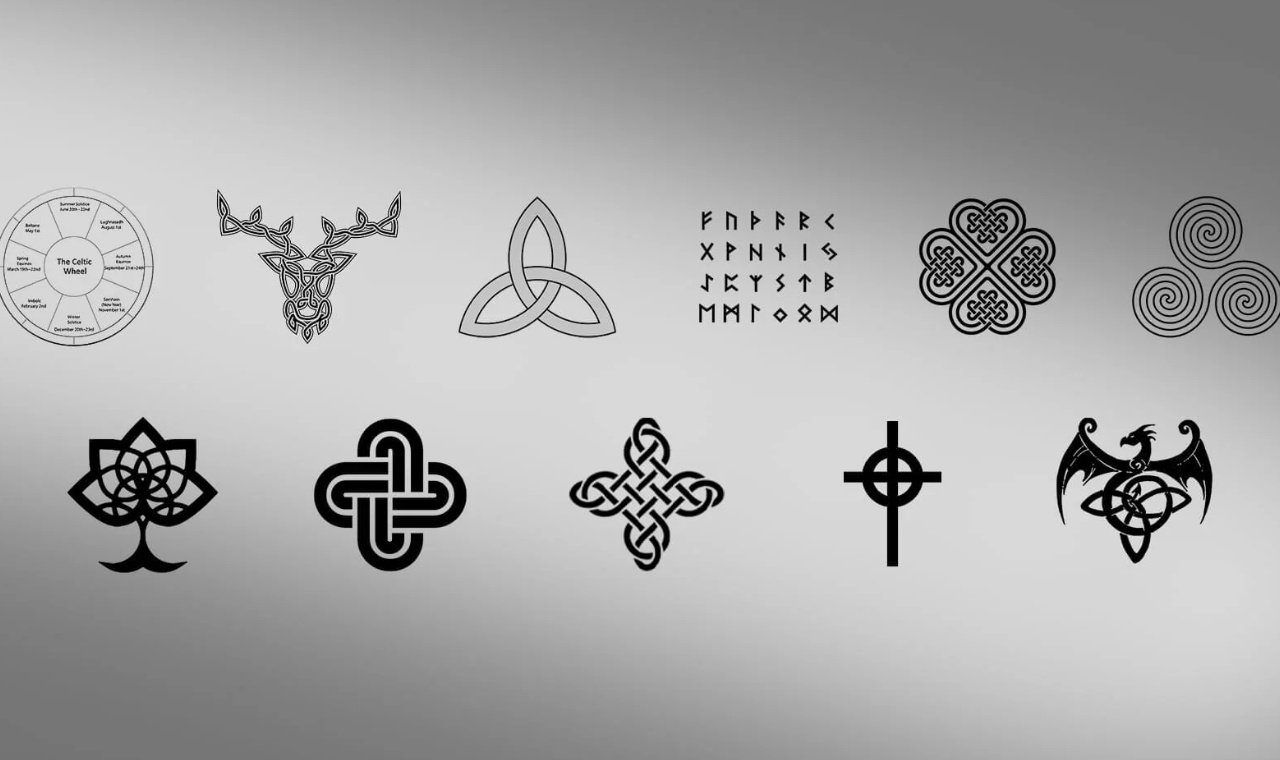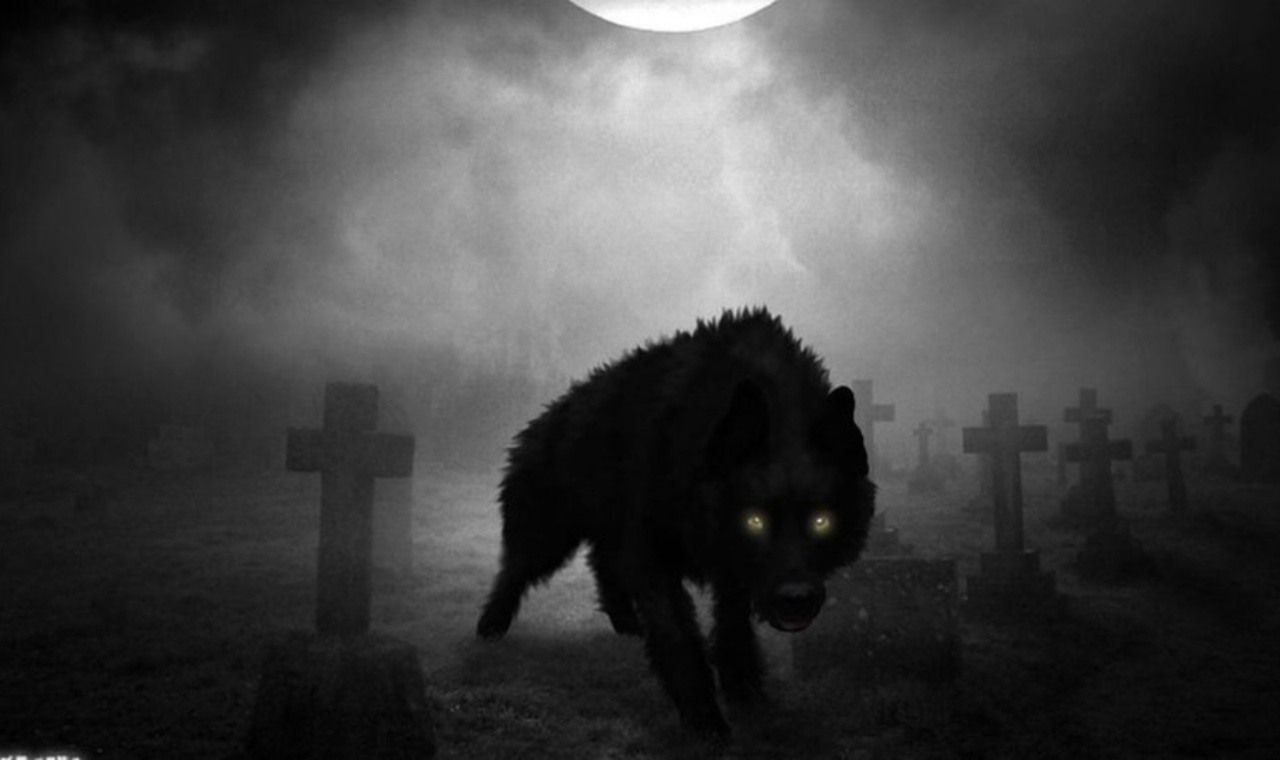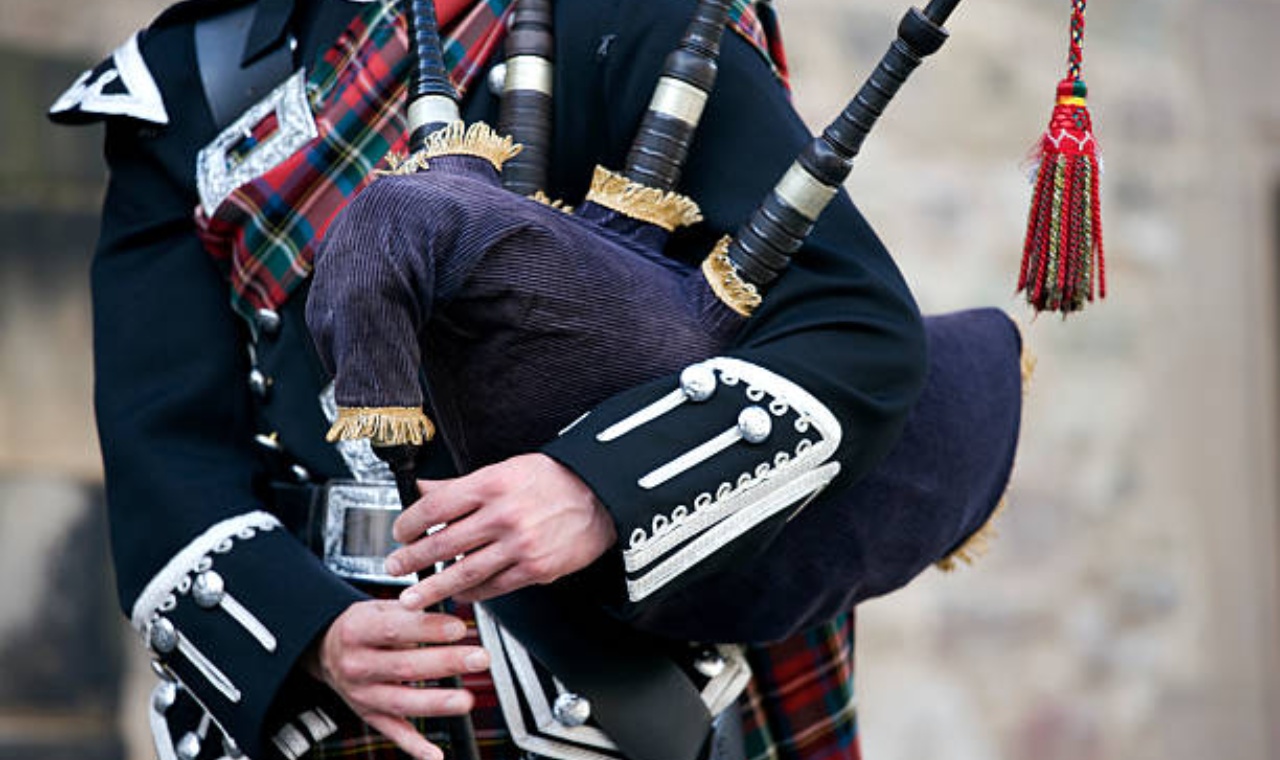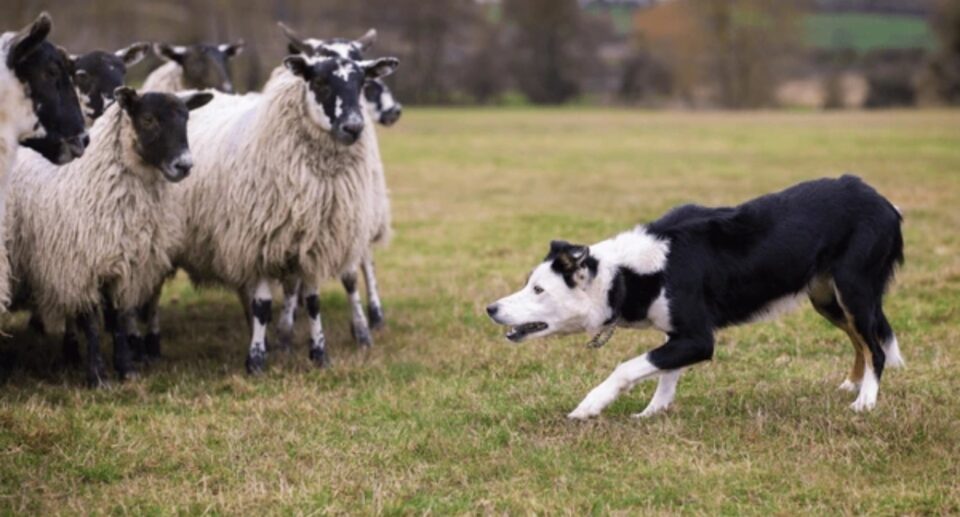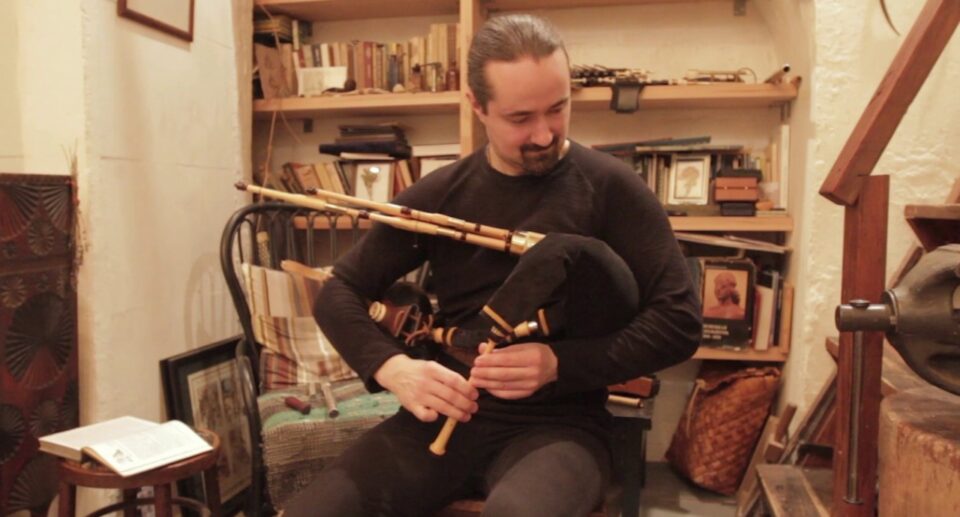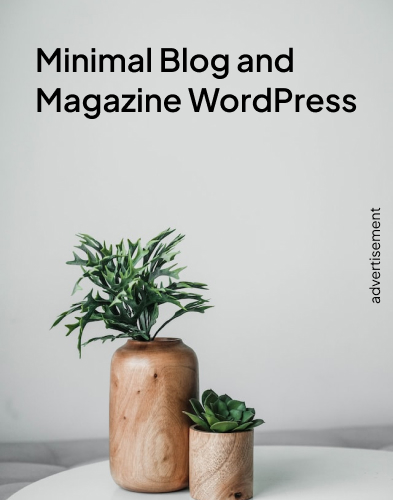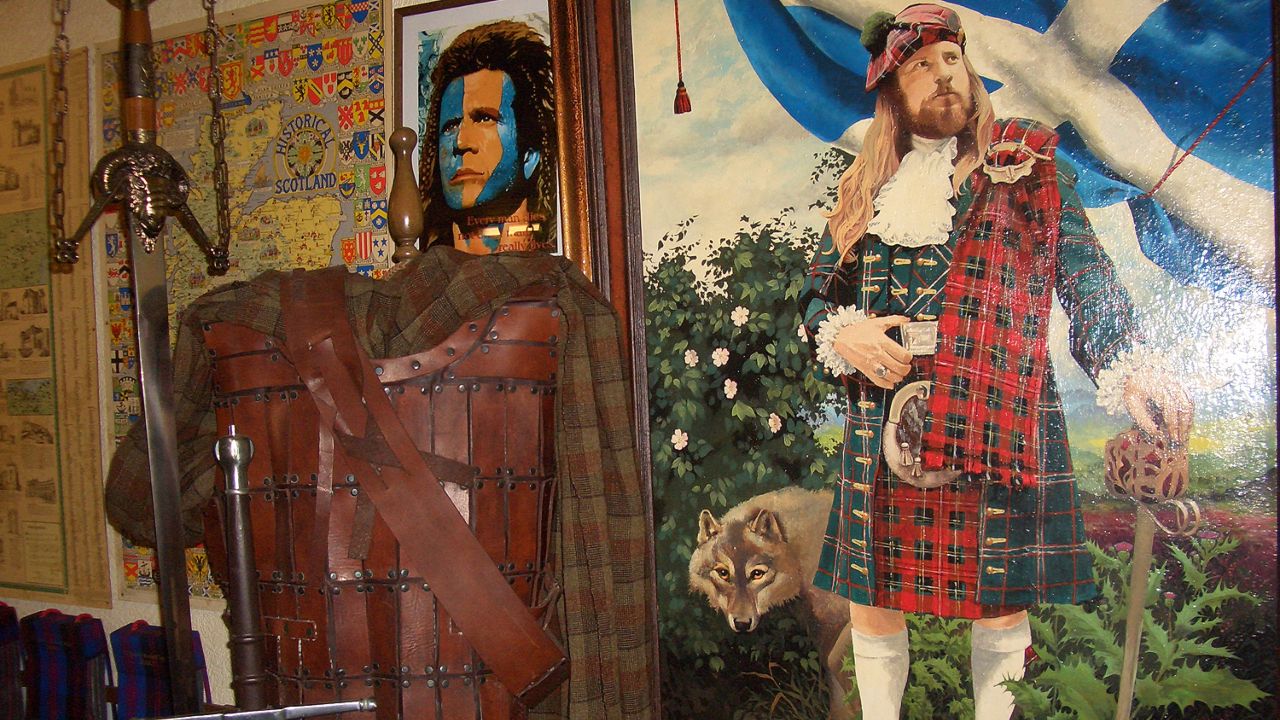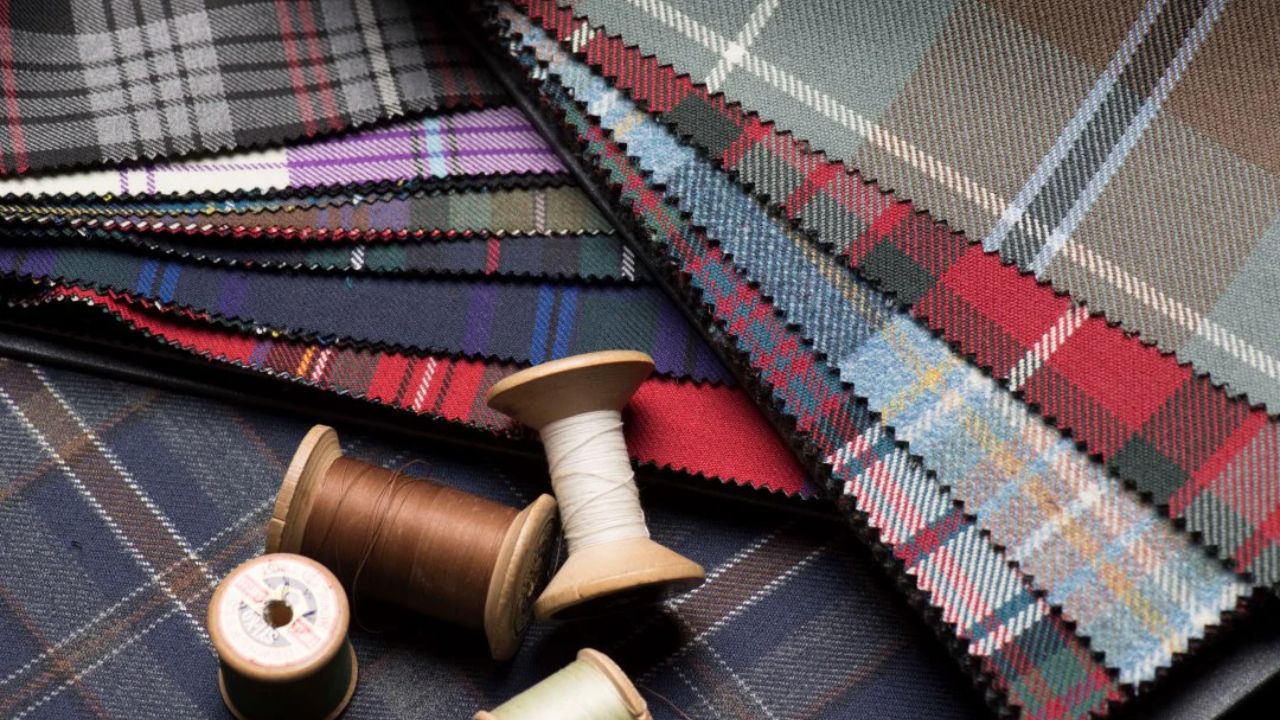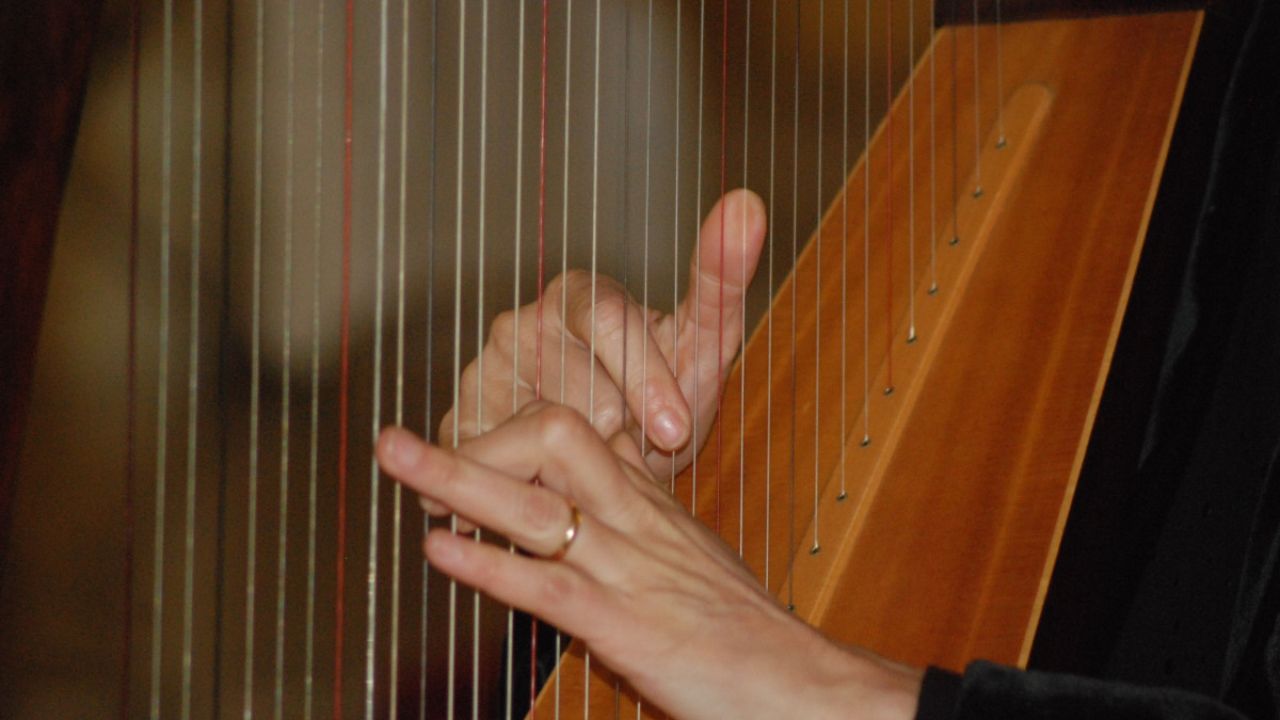The Scottish Highland Dirk: Blade of Honor and Heritage
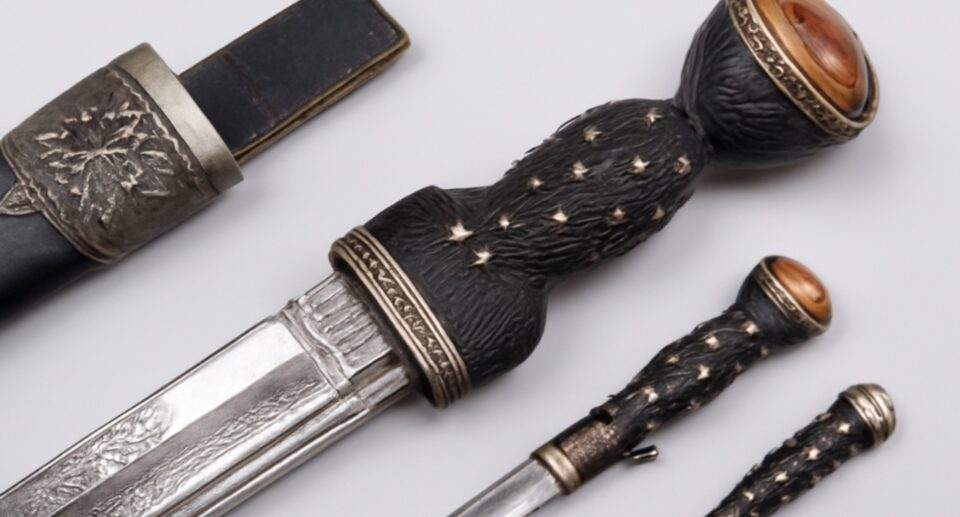
The Scottish Highland Dirk is not merely a weapon. It’s a symbol of heritage, identity, and the unyielding pride of the Highland warrior. In every etched pattern and every gleam of its steel lies a story of battlefields, clan loyalty, and the enduring spirit of Scotland.
Long before the dirk became ceremonial, it was a practical sidearm carried by Highlanders into war. Its blade; broad, sharp, and beautifully balanced was designed not only for combat but for daily use. Yet, beyond its steel and handle, the dirk became a mark of honor, a piece of the Highland man’s very being.
Origins of the Highland Dirk
The word dirk comes from the Gaelic biodag, meaning dagger. It evolved from the medieval ballock dagger and became distinct by the 17th century. As firearms rose in prominence, the dirk found new purpose — a companion blade representing personal valor and ancestral pride rather than warfare alone.
During the Jacobite era, the dirk gained symbolic status. It was worn proudly alongside the claymore, showing the wearer’s loyalty to clan and cause. Even after the Disarming Acts of 1746, which sought to suppress Highland culture, many Scots continued to keep their dirks as silent tokens of defiance.
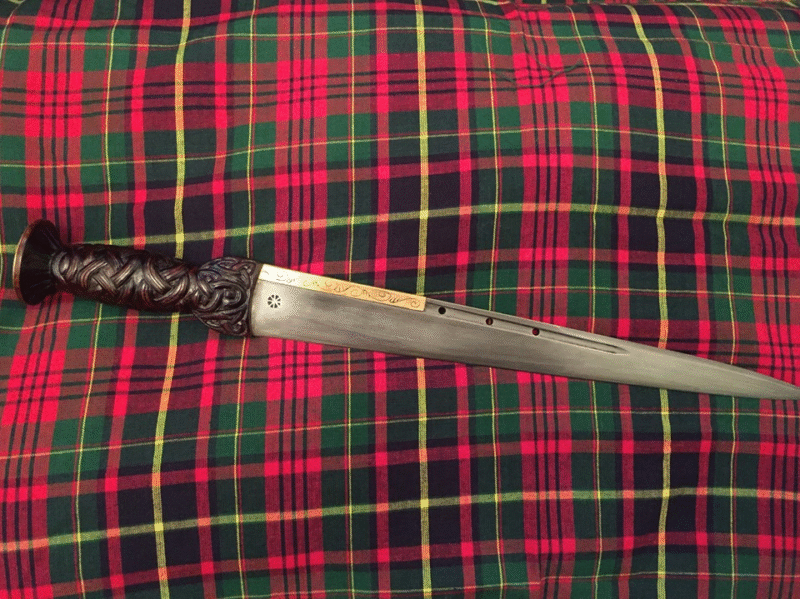
For context on the role of Scottish identity and attire, you might explore What Is Tartan? where fabric and weapon together express the story of the Highlands.
Design and Craftsmanship
The Highland Dirk is immediately recognizable. Its blade is long and single-edged, tapering gracefully to a fine point. Traditional examples measure about 12 to 18 inches, striking a balance between reach and agility.
The hilt, often made from bog oak or other dark woods, is intricately carved in Celtic knotwork. Silver mounts, brass fittings, and clan crests adorned the handles of noblemen, turning each dirk into a personal statement of artistry.
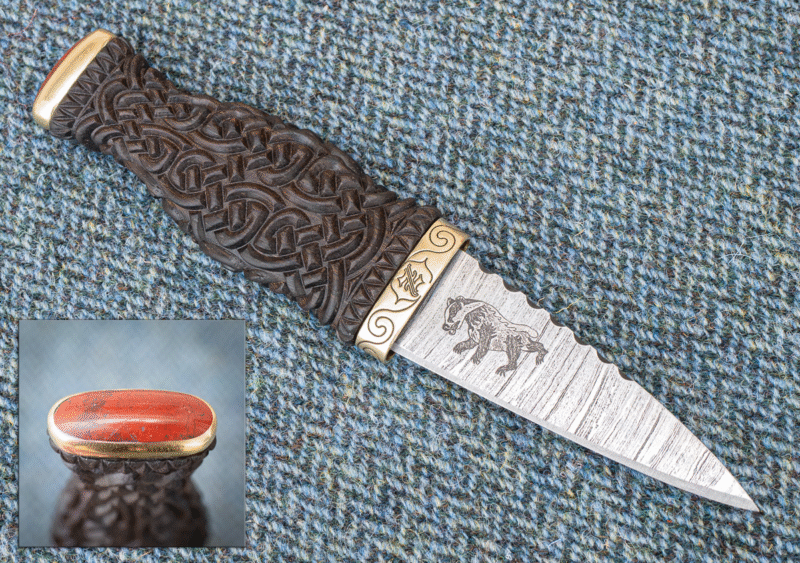
The blade itself sometimes featured pattern-welding, a technique reminiscent of ancient swordmaking, linking the dirk to Scotland’s long martial lineage. Each one was unique, bearing the touch of its craftsman and the mark of its owner’s lineage.
You can see echoes of similar craftsmanship in Celtic Stone Carvings, where artisans captured life and myth through intricate detail and enduring design.
Symbolism and Ceremonial Role
By the 18th and 19th centuries, the Highland dirk had evolved from a battlefield weapon to a ceremonial emblem. It became part of the full Highland dress, worn with the kilt and sporran at formal gatherings, weddings, and military events.
The dirk symbolized loyalty, honor, and readiness, a promise that a true Highlander always stood prepared to defend kin and country. Officers of Scottish regiments adopted the dirk as part of their uniforms. It turns it into a bridge between ancient tradition and modern pride.
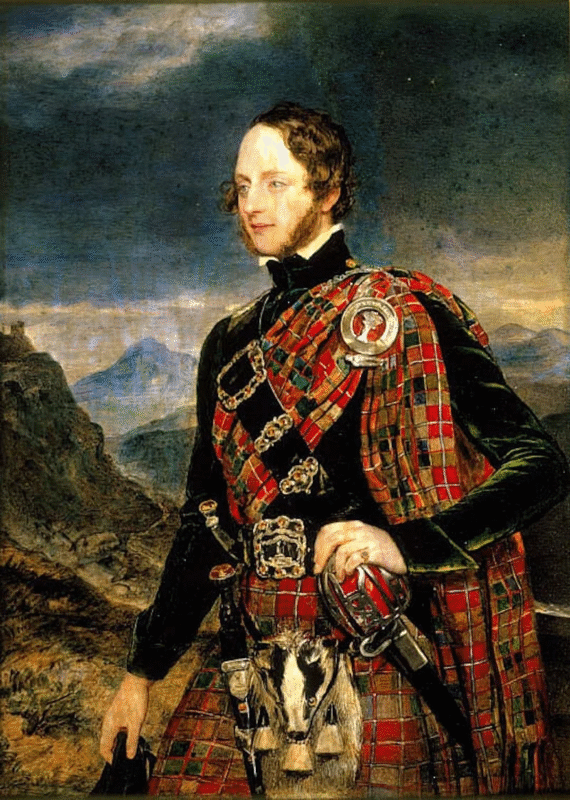
The dirk’s continued presence in Highland regalia reflects Scotland’s ability to preserve its symbols while reinterpreting them. Much like the music of the bodhrán drum or the storytelling customs explored in Why Are Irish People Natural Storytellers?. The dirk blends art, function, and identity into one enduring tradition.
Highland Warriors and the Code of Honor
Every Highland warrior treated his dirk as an extension of his spirit. It wasn’t drawn in haste or without cause. To wear it meant to carry one’s heritage visibly, as tangible as the tartan that wrapped his body or the crest that marked his clan.
The dirk also held ceremonial significance during oaths and pledges, where it symbolized trust, courage, and truth. Stories tell of men resting their hand upon the dirk when swearing loyalty, a gesture that turned metal into meaning.
The moral code behind the dirk is inseparable from the Highland ethos: bravery with restraint, honor over violence. It embodies a distinctly Scottish balance, strength guided by principle.
Modern Revival and Legacy
Today, the Scottish Highland Dirk is cherished by collectors, historians, and those who wear it as part of ceremonial dress. In modern Highland Games, weddings, and clan gatherings, it serves as a link to the warrior ancestry of the Scots.
Artisans continue to forge dirks using traditional methods, ensuring that this weapon of honor remains alive in both form and spirit.
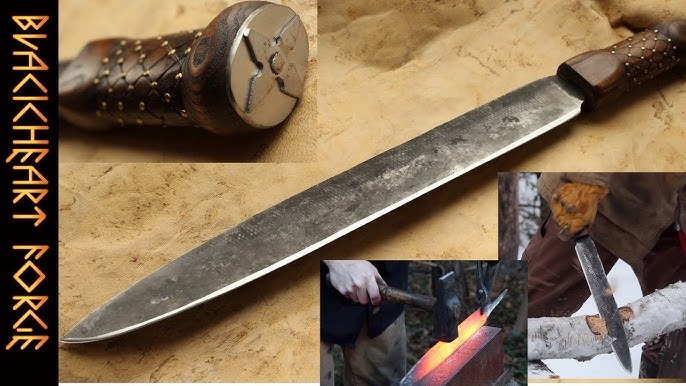
In this way, the dirk continues to evolve, not as a relic but as a living emblem of identity. Its edge may no longer serve in battle, but its meaning remains sharp as ever.
Conclusion: The Spirit in Steel
The Scottish Highland Dirk stands as more than metal. It is the embodiment of courage, craftsmanship, and cultural memory. In its form, Scotland remembers not only how to fight but how to stand with dignity.
When a Highlander wears a dirk today, he carries a piece of history, the same spirit that once guided warriors through misty glens and over rugged hills. It’s a story of endurance, artistry, and belonging.

